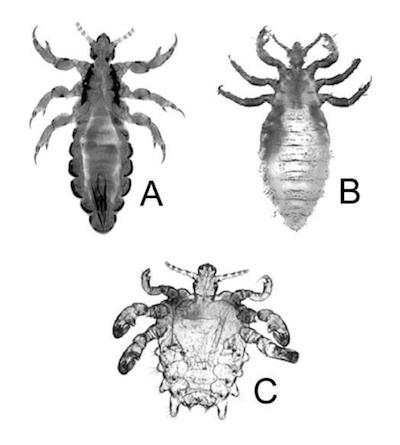The Technology of Clothing and Shelter
Episode #4 of the course Technologies that transformed humanity by Richard L. Currier, PhD
In this lesson, we will examine the evidence that hundreds of thousands of years ago, prehistoric hominids were constructing dwellings to shelter themselves and making clothing to protect themselves from the elements.
Why Prehistoric Clothing and Shelter Have Long Since Disappeared
Virtually no remains of either dwellings or clothing older than 50,000 years has ever been found, and some believe that clothing and shelter were unknown before that time. But because prehistoric clothing and shelter were made from perishable materials, their remains would have decomposed and disappeared long ago.
The frameworks for huts and tents were made from wood, bound together with ropes made from roots and bark. Thatch roofs were made from palm fronds and grasses, while bedding was made from straw and furs. Hats, robes, leggings, boots, sandals, and tent coverings were made from the hides and sinews of animals. Only stone tools have survived from these earliest eras of prehistory.
The Instinct to Build Shelters Is Older Than Humanity
Chimpanzees, gorillas, and orangutans all build round or oval sleeping nests, similar in form to the huts made by human hunters and gatherers. Both ape and hunter-gatherer campsites contain 20-80 nests or shelters, spaced about twelve feet apart, within a round or oval area 30-60 feet in diameter. These striking similarities suggest that building nests and shelters is probably an instinctual behavior common to all our closest biological relatives.
Our ape-like prehistoric ancestors were probably building sleeping nests long before they adapted to a terrestrial life. And after taming fire and losing their body hair at least a million years ago, they probably began constructing roofed shelters to protect their naked bodies from the elements.
When Did Prehistoric Hominids Begin to Wear Clothing?
The prehistoric hominid Homo erectus migrated out of tropical Africa across the vast deserts and grasslands of the Middle East and Central Asia more than a million years ago, reaching Northern China over 750,000 years ago. These hominids, whose brains were only half the size of ours, could never have survived in these cold, dry, and treeless environments unless they were already building shelters.
By 500,000 years ago, Homo erectus had settled in regions so far north, they would never have survived without clothing. In Germany 400,000 years ago, Homo erectus was using sophisticated stone tools and a complex manufacturing process to create perfectly-balanced, sharp-tipped javelins. It would have been no problem for such creatures to fashion hats, robes, mittens, and shoes from the hides of animals.

A Plains Cree warrior in ceremonial dress. Note the tailored clothing that protects this hunter-gatherer from sub-zero winter temperatures.
Finally, climate experts believe that the Neandertals could not have survived the freezing winters of Northern Europe without covering between 50 and 90% of their bodies with garments, probably loose-fitting robes made from hides. But the history of the human louse suggests that “tailored” clothing—which fits close around the limbs and torso—may also have been invented by the cold-adapted Neandertals.
A Tale of Three Lice
The human body is home to three different lice: the head louse, the body louse, and the pubic louse. All three offer clues about when prehistoric hominids first began to wear clothing.

The three types of human lice. A – the body louse. B – the head louse. C – the pubic louse.
The pubic louse is related to the gorilla louse, from which it split off only three million years ago. Yet, human and gorilla ancestry diverged over ten million years ago, leading some to suggest that prehistoric hominids were having sex with gorillas. It is more likely, however, that hominids acquired this louse by sleeping in abandoned gorilla nests before they used fire, lost their hair, or began to wear clothing.
The body louse and the head louse are both related to the chimpanzee louse, from which they split off about five million years ago. This is approximately when human and chimpanzee ancestry diverged. The body louse, which lives only in loose-fitting clothing, split off from the head louse about 170,000 years ago, when the Neanderthals were living in Northern Europe. This is probably about the time when our ancestors first began wearing tailored clothing.
So, the tale of three lice reveals that ancestral hominids wore no clothing at all until well after three million years ago and first learned to make and wear tailored clothing around 170,000 years ago.
In tomorrow’s lesson, you will learn how the invention of symbolism created the first ethnic identities, how language may have been invented by the Neanderthals, and how the narrative story may have triggered the invention of agriculture.
Recommended reading
Molecular Evolution of Pediculus Humanus and the Origin of Clothing
Anatomical Evidence for the Antiquity of Human Footwear
Share with friends
